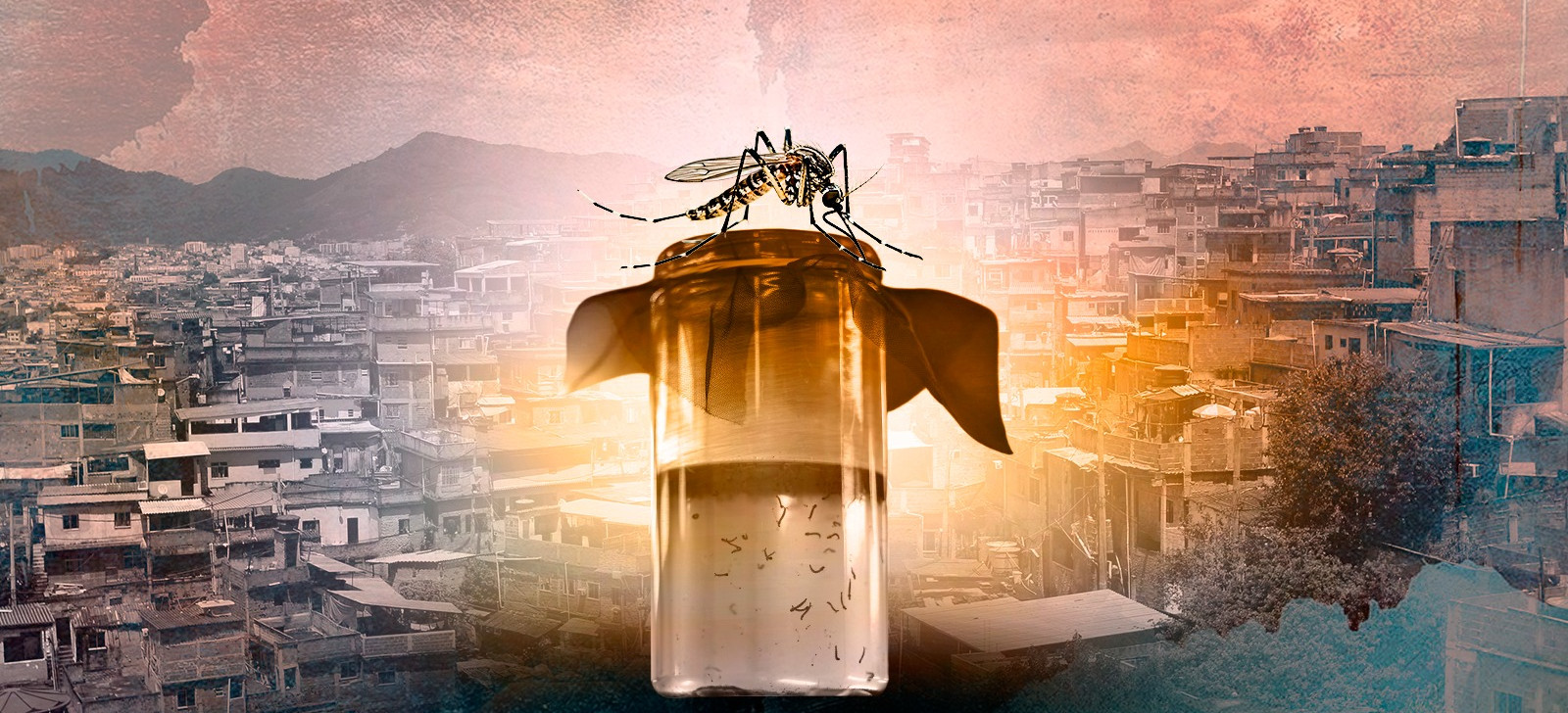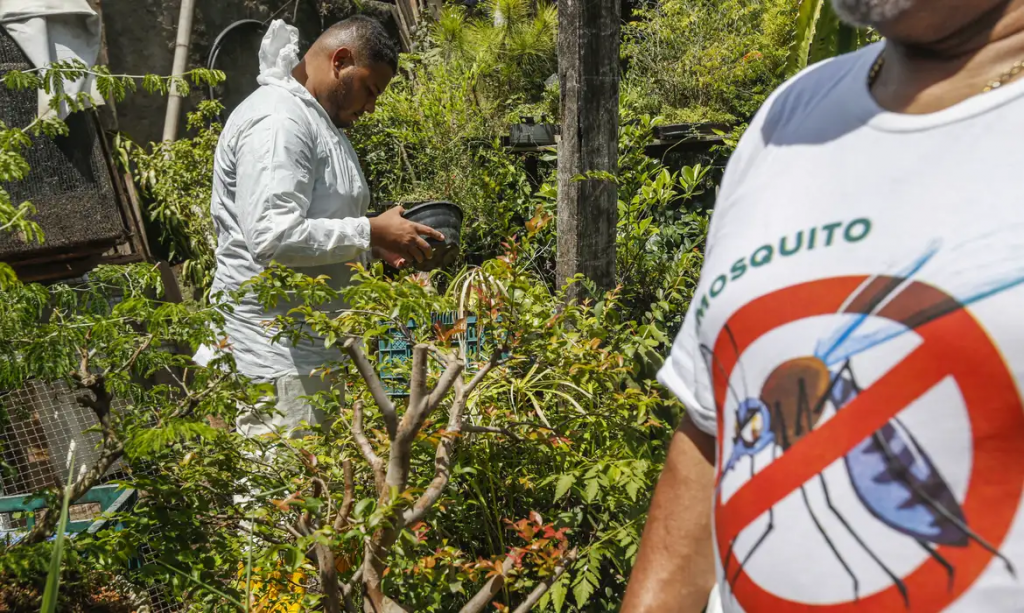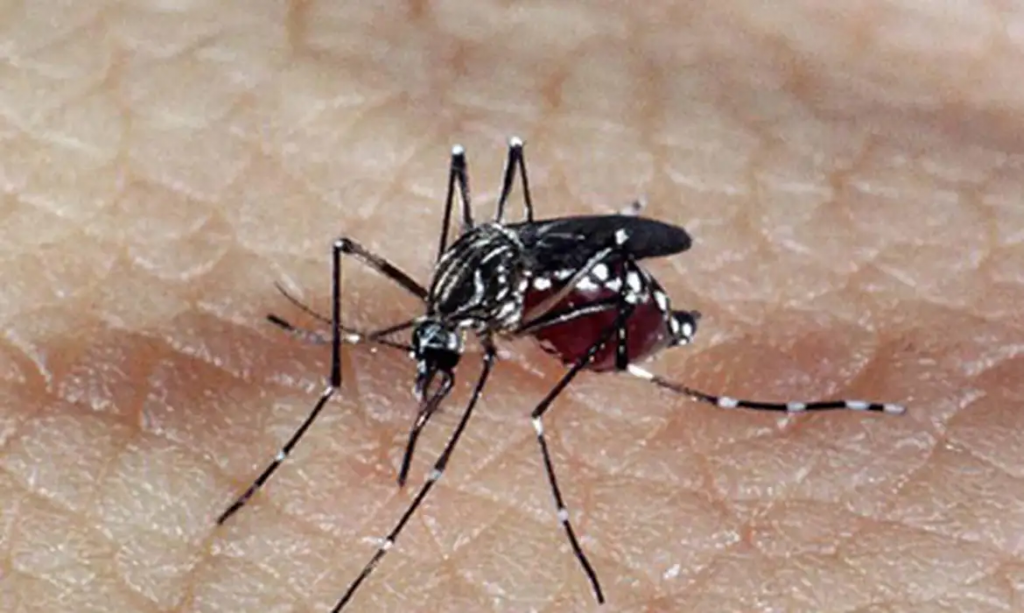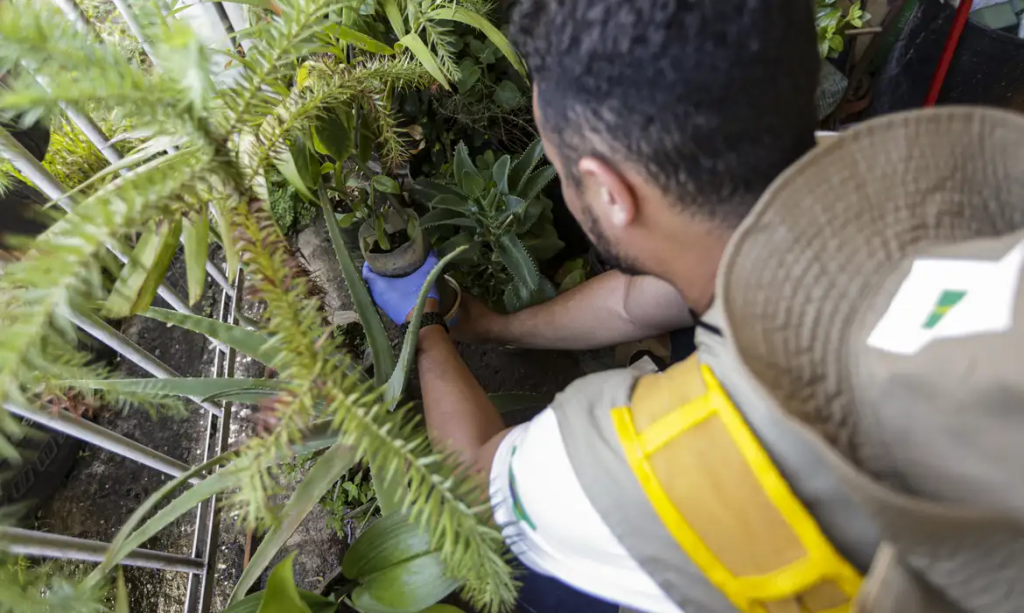Brazilian study shows how diseases such as dengue and chikungunya are linked to inequality
13 de September de 2025

By Fred Santana – From Cenarium
MANAUS (AM) – A study by the Oswaldo Cruz Foundation (Fiocruz), published in The Lancet Regional Health – Americas, revealed that dengue and chikungunya affect different groups of the Brazilian population unequally, highlighting the influence of social, racial, and regional factors on the severity of these diseases. The research analyzed more than 1.1 million cases of chikungunya and 13.7 million cases of dengue recorded between 2015 and 2024 in the Notifiable Diseases Information System (Sinan).
During the period analyzed, 21.3 thousand people required hospitalization for chikungunya, of which 1,044 died within 84 days after symptom onset, with 728 deaths directly attributed to the disease. Dengue had an even greater absolute impact: 455.8 thousand hospitalizations and 12,969 deaths, of which 9,989 were due to the infection. The study highlighted that extreme ages – under one year or over 70 years –, male sex, and the presence of comorbidities such as diabetes and kidney disease significantly increase the risk of hospitalization and death from both illnesses.

The impacts are not evenly distributed. Average years of life lost (aYLL) are considerably higher among historically marginalized populations. In the case of chikungunya, Black people had the highest average, with 22 years of life lost, compared to 13 among white people. For dengue, Indigenous peoples were the most affected, with 22.5 years lost, compared to 12.6 among whites.
The North and Northeast regions of the country stood out for their greater proportional effects: in the North, the average age of death from chikungunya was 36.5 years, resulting in 22.1 years of life lost, while dengue deaths occurred on average at 44.3 years, with 19.8 years of life lost. In contrast, the Southeast and South recorded more absolute cases but with a smaller proportional impact in years of life lost.
Fiocruz stressed that municipalities with higher proportions of Black, Indigenous, and mixed-race populations presented deaths at younger ages, showing that structural inequalities – such as poverty, limited access to healthcare, precarious housing, and inadequate sanitation – increase the risks of these diseases. For the institution, understanding these factors is essential to guide public policies for prevention, vaccine distribution, and prioritization of healthcare, especially in regions such as the Amazon and Northeast Brazil.

How to address the problem
Public health specialists spoke with CENARIUM and reinforced the complexity of the issue. Epidemiologist André Ribas Freitas, professor at the São Leopoldo Mandic College, emphasized the importance of long-standing measures. “We need to continue the measures that have been in place for a long time, that is, reduce the availability of breeding sites in households and eliminate places that can accumulate water,” he said.
The doctor also recalled the importance of repellents as an essential measure in the fight against mosquitoes, especially during periods of high viral circulation. According to him, care must be redoubled among pregnant women, young children, and the elderly, who represent the groups most vulnerable to severe complications. Freitas further warned that the Aedes aegypti mosquito, the vector of these arboviruses, has daytime habits, making the use of repellent throughout the day essential for effective protection.
“It is very important during the transmission period, especially for pregnant women, young children, and the elderly, since dengue and chikungunya are more severe in these groups. The use of repellents also helps reduce the risk of complications associated with Zika. It is worth remembering that the transmitting mosquito has daytime habits, therefore repellents must be applied during the day,” Freitas explained.
Joziana Muniz de Paiva Barçante, coordinator of the Biomedical Research Center (NUPEB) and the Endemic Disease Prevention Sector at the Federal University of Lavras, added that tackling these diseases requires political priority and integrated actions: “It is a very complex issue, and I believe it essentially depends on political will and prioritization. Reducing these inequalities is a very arduous task, especially considering some particularities of the North and Northeast regions and specific population groups. The control of these arboviruses is directly linked to controlling the vector insect, which is the same for both diseases,” she said.

The researcher emphasized that effective control of mosquito breeding sites depends directly on the active participation of the population, together with the actions of health surveillance secretariats. According to her, it is essential that public agencies invest in health education strategies, training of community and endemic agents, and conducting campaigns and home visits for environmental monitoring.
“Surveillance must apply health education strategies, team training (CHAs/CEAs), and campaigns/home visits to monitor the environment and create a sense of community involvement in the process. For this, the involvement and support of local leaders are extremely valuable. Health education is also essential to guide the population on warning signs and healthcare services,” Joziana advised.
The scientist also stressed the importance of integrating prevention and care: “Another priority point is care for those infected. Ensuring rapid testing and immediate hydration through clinics and/or boats to facilitate access for more remote communities. The deaths of many patients are preventable when rapid care is available. It is extremely necessary that community prevention and agile assistance be integrated to avoid severe cases and deaths. And, in each region, the particular analysis of the local scenario is fundamental for the best strategy to be applied,” she explained.

